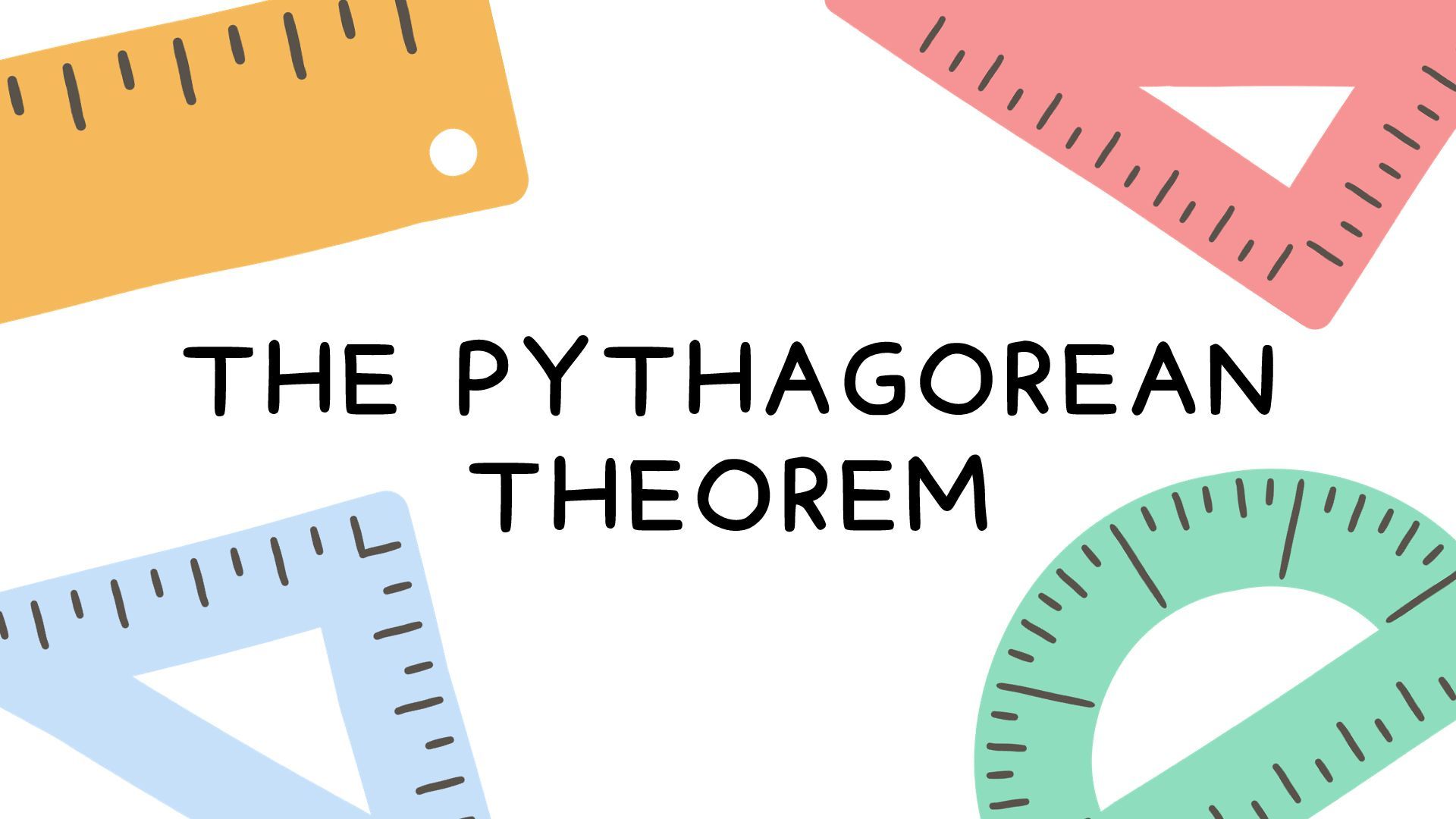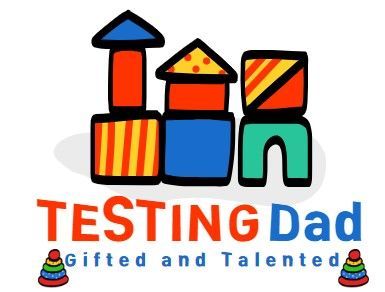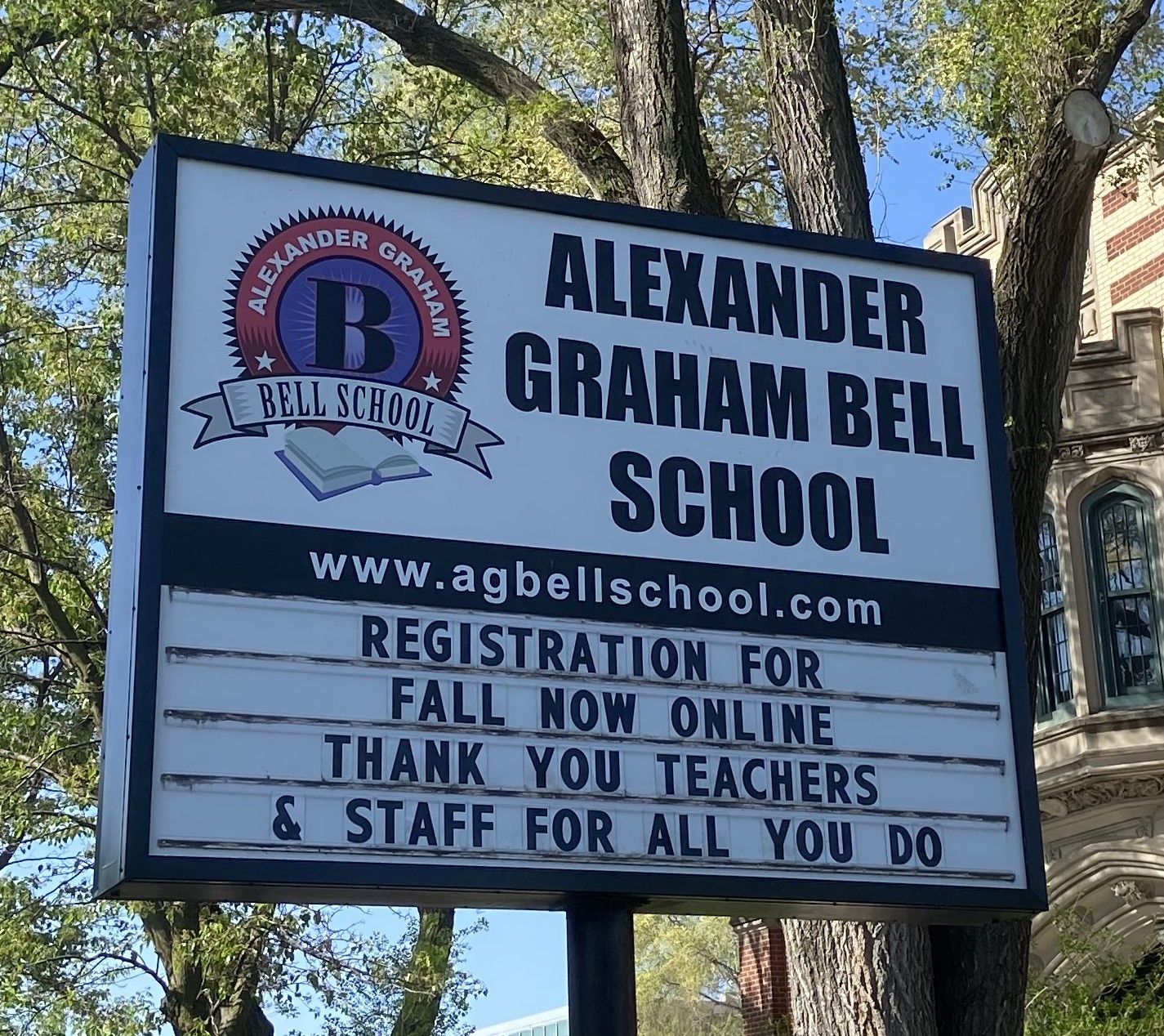The Ultimate Guide to Acing the SAT Test
Introduction
Are you gearing up for the SAT test? This standardized test plays a pivotal role in college admissions across the United States. It assesses your readiness for higher education and is a significant factor considered by colleges and universities when reviewing applications. In this article, we will delve deep into the SAT test, providing you with valuable insights, expert advice, and useful tips to help you perform at your best.
SAT Test: Unveiling the Basics
Let's start with the fundamentals of the SAT test. Understanding the key components is essential before we dive into test-taking strategies.
Structure of the SAT Test
The SAT test comprises three main sections:
1. Reading
This section assesses your reading comprehension skills. You'll be presented with passages from various subjects and asked to answer questions based on them.
2. Writing and Language
Here, you'll need to demonstrate your grammar and writing skills by editing and revising provided passages.
3. Math
The math section evaluates your mathematical prowess, spanning topics from algebra to advanced math concepts.
Scoring
The SAT test is scored on a scale of 400 to 1600, combining test results from two 200–800 point subject areas: Mathematics and Evidence-Based Reading and Writing (EBRW).
Preparing for Success
Now that you're familiar with the SAT test's structure, let's delve into how to prepare effectively.
1. Study Resources
Utilize official SAT study materials, such as the College Board's official SAT study guide, Khan Academy, and third-party test prep books. These resources provide practice questions and full-length tests to help you get comfortable with the exam format.
2. Develop a Study Plan
Create a study plan tailored to your schedule. Allocate specific time slots for each section and set achievable goals. Consistent practice is key to success.
3. Take Practice Tests
Regularly take practice tests under timed conditions to simulate the real exam experience. Analyze your mistakes to identify weak areas and work on improving them.
4. Seek Expert Guidance
Consider enrolling in SAT prep courses or hiring a tutor if you need personalized guidance. Experienced instructors can provide valuable insights and strategies.
Tips for Test Day
As your SAT test day approaches, follow these tips to ensure a smooth and successful experience.
1. Be Prepared
Gather all the required materials the night before the test. This includes your admission ticket, photo ID, No. 2 pencils, and an approved calculator.
2. Get a Good Night's Sleep
Ensure you get adequate rest the night before the test. A well-rested mind performs better.
3. Eat a Healthy Breakfast
Start your day with a nutritious breakfast to fuel your brain for the challenges ahead.
4. Manage Time Wisely
During the test, pace yourself. Allocate a specific amount of time to each section, and don't get stuck on difficult questions. Move on and come back if necessary.
FAQs
What is the SAT test registration process?
Registering for the SAT test involves creating a College Board account, selecting a test date and location, and paying the registration fee online.
Can I retake the SAT test?
Yes, you can take the SAT test multiple times. Most colleges consider your highest scores.
Is there an essay section on the SAT test?
The SAT essay section is optional, but some colleges may require it. Check with your prospective colleges to determine their requirements.
How long is the SAT test?
The SAT test, including breaks, takes approximately three hours and 50 minutes.
When should I start preparing for the SAT test?
It's recommended to start preparing for the SAT test at least three to six months before your planned test date.
How is the SAT test different from the ACT?
While both tests assess college readiness, they have different formats and content. Research which test aligns better with your strengths and preferences.
Conclusion
In this comprehensive guide, we've covered the essential aspects of the SAT test, from its structure to preparation tips and test-day strategies. Remember that success on the SAT test comes with dedication and diligent preparation. So, stay focused, practice consistently, and you'll be well on your way to achieving your best score.





Usefull links
Home Search: School Boundary
Chicago Public School (GoCPS)
Berwyn South District 110
Schaumburg School District 54
Top Rated Elementary Schools
Bell Elementarty
Blaine Elementary
Burley Elementary
Lincoln Elementary
Ogden Elementary
Skinner West
South Loop
(312) 205-5580
Join the Newsletter
We will get back to you as soon as possible
Please try again later





